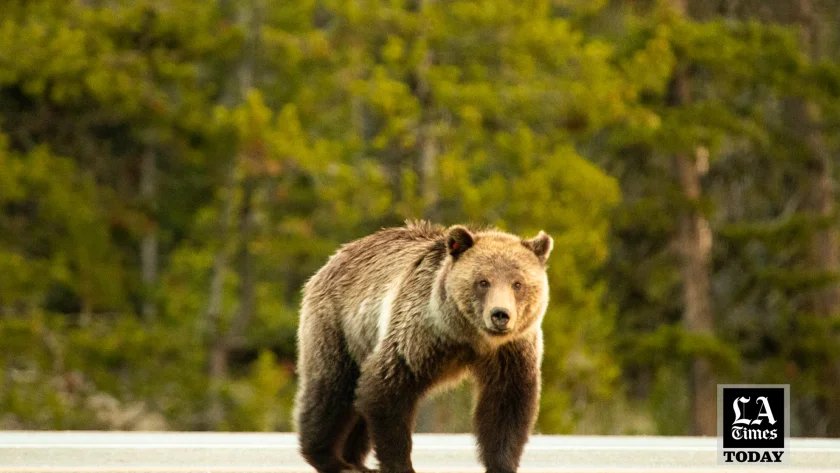
Could California’s Grizzlies Return from Extinction?
In the annals of American wildlife, the California grizzly bear stands as a symbol of the state's wild heritage, depicted proudly on its flag. But what if this iconic animal, extinct in California for a century, could make a surprising comeback? New research suggests that this long-lost dream might be within reach, sparking excitement and debate among scientists, conservationists, and the public alike.
Environmental historian Peter Alagona from the University of California, Santa Barbara (UCSB), leads the charge in a feasibility study that challenges the narrative of inevitable loss. Once numbering around 10,000 during the Gold Rush era, grizzly bears vanished by the 1920s due to human expansion and conflicts. Alagona's work, published recently, identifies viable habitats where these majestic creatures could thrive once more. Key areas include the northwest forests near the Oregon border, the southern Sierra Nevada, and the remote mountains near Santa Barbara.

The potential benefits are profound. Grizzlies could help maintain ecological balance by controlling herbivore populations, dispersing seeds, and enhancing soil health, much like they've done in places such as Yellowstone National Park. Alagona emphasizes that California's vast public lands—half the state—provide ample space for reintroduction. "The extinction wasn't inevitable, and recovery isn't impossible," he notes, drawing from historical maps and ecological data gathered over a decade.
However, challenges loom large. Public opinion is divided; a poll revealed two-thirds of Californians support the idea, yet concerns about safety persist, especially after a fatal black bear attack last year. Black bears, now numbering around 60,000, have adapted to human proximity, but grizzlies are more elusive. Reintroduction would be gradual, starting with a small number of female bears from states like Montana, monitored closely with GPS technology to minimize risks.

Indigenous perspectives add depth to the discussion. Leaders from tribes like the Tejon Indian Tribe see grizzlies as intertwined with their cultural heritage, from rituals to symbolism. Octavio Escobedo III, chairman of the Tejon Indian Tribe, highlights how both Native peoples and grizzlies suffered parallel fates due to historical injustices. Alagona views this as a justice issue, potentially fostering healing through restoration.
Experts like Melissa Wilder from Los Padres ForestWatch applaud the study, noting successful predator reintroductions elsewhere have revitalized ecosystems. Still, success hinges on community involvement, legal frameworks, and adaptive management over decades.

As California weighs this bold step, the implications extend beyond wildlife. It represents a shift from lamenting losses to embracing renewal, reminding us of nature's resilience. What do you think—should we welcome back the grizzly, or prioritize human safety? Share your views in the comments and help shape this conversation.